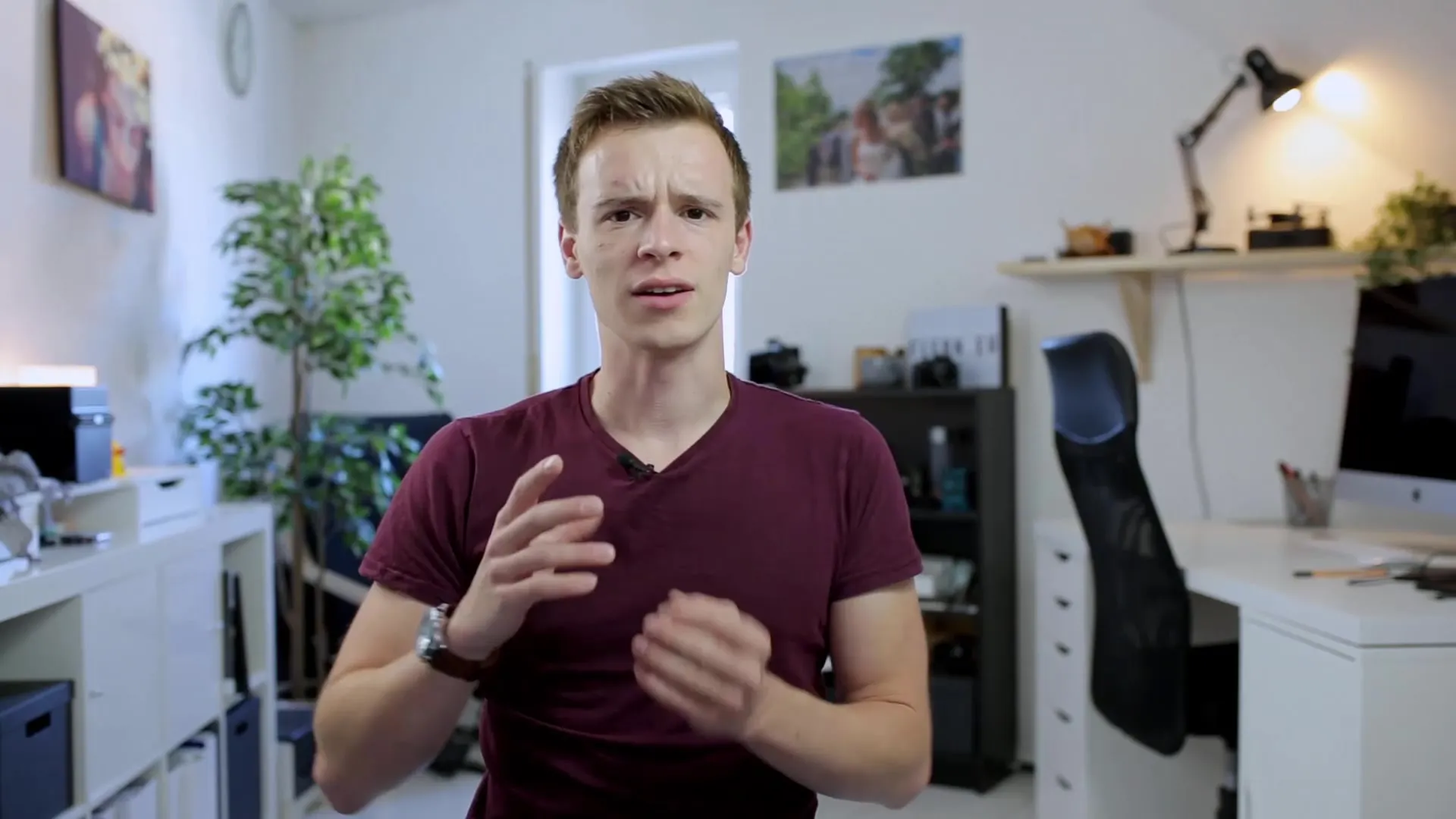You are faced with the challenge of shooting videos with your camera, whether it's a DSLR, mirrorless camera, or a smartphone. The multitude of settings and options can be overwhelming. In this guide, you will learn step by step how to optimally set up your camera to create impressive videos. We will focus on the essential aspects you should consider.
Key Insights
The right camera settings are crucial for the quality of your videos. Pay particular attention to the shutter speed, aperture, ISO value, white balance, and post-production to get the most out of your footage.
Step-by-Step Guide
Shutter Speed and Frame Rate
A central aspect of filming is the shutter speed, which is directly related to the frame rate. Many beginners overlook this point. A rule of thumb is that the shutter speed should be the reciprocal of double the frame rate. This means: If you are filming at 24 or 25 frames per second, you should choose a shutter speed of 1/50 second. This ensures a natural look to your shots. A shutter speed that is too long will result in blurry motion, while a shutter speed that is too short will lead to a choppy image, similar to what happens in many smartphone videos.
Aperture and Depth of Field
To control the depth of field, the aperture is crucial. The wider you open the aperture, the shallower the depth of field becomes. For video content, aperture values between 2.8 and 4.0 are recommended. An excessively wide opening can make it difficult to keep the subject in focus, especially during movement. A slightly smaller aperture value allows for better autofocus performance and prevents your subject from going out of focus immediately when you move.

ISO Settings
The ISO value also plays a role in filming but is not as critical as with photos. Generally, you should adjust in full stops to avoid noise. You will find that most modern cameras handle noise well, but particularly in low light, a high ISO value can negatively affect image quality.
White Balance
A precisely set white balance is essential for the color accuracy of your footage. In video recording, you cannot edit this in post, as you can with photos in RAW files. Make sure to set the white balance manually to avoid sudden color shifts during recording. For example, I often use 5000 Kelvin for office shots and 5500 Kelvin for outdoor shots.
Post-Production and Image Profiles
To extract as much as possible from your video footage in post-production, I recommend filming with a flat image profile. This means reducing contrast and saturation in the camera settings. This gives you more flexibility to adjust colors and contrasts during post-production. However, beginners should initially avoid log profiles, as these require some experience in post-production.
Sound Recording
An often overlooked area is sound. While the image is important, the best footage can be worthless if the sound is not right. It is advisable to film in a quiet room and avoid background noise. Position your microphone as close as possible to the sound source for the best results. I prefer a lapel microphone, but there are other options to capture sound without visibility in the shot.
Manual vs. Autofocus
Autofocus can be both useful and disruptive when filming, especially when the focus unexpectedly changes during a stable shot. If you are filming in a fixed position and nothing is moving, it is often better to focus manually. However, autofocus can be advantageous for moving subjects. Test both options and find out what works best for you in different situations.
Tripod and Stability
The stability of your shots is essential for professional results. While a tripod offers a simple solution, you can also work with smaller, flexible tripods. Make sure to stabilize your camera well to avoid unwanted shakes. For video formats that require steadier shots, gimbals can present an interesting option. However, they are more complex to handle.
Summary – Camera Settings for Optimal Video Production
With the right camera settings, you ensure that your videos not only look good but also sound good. From shutter speed to aperture, ISO value to white balance and post-production, each setting contributes to the overall quality of your video. Experiment with these tips to improve your skills, and remember that practice makes perfect!
Frequently Asked Questions
How do I correctly set the shutter speed?The shutter speed should be the reciprocal of double the frame rate, for example, 1/50 second at 25 FPS.
What aperture value is optimal for filming?Generally, an aperture value between 2.8 and 4.0 is recommended for good depth of field.
Why is white balance important?A correct white balance ensures natural colors and cannot be edited in post-production.
How can I improve the sound?Choose a quiet room and place the microphone close to the sound source. Avoid automatic level adjustments.
When should I focus manually?If you are making a static shot, manual focusing is often the better choice to avoid unwanted focus changes.


